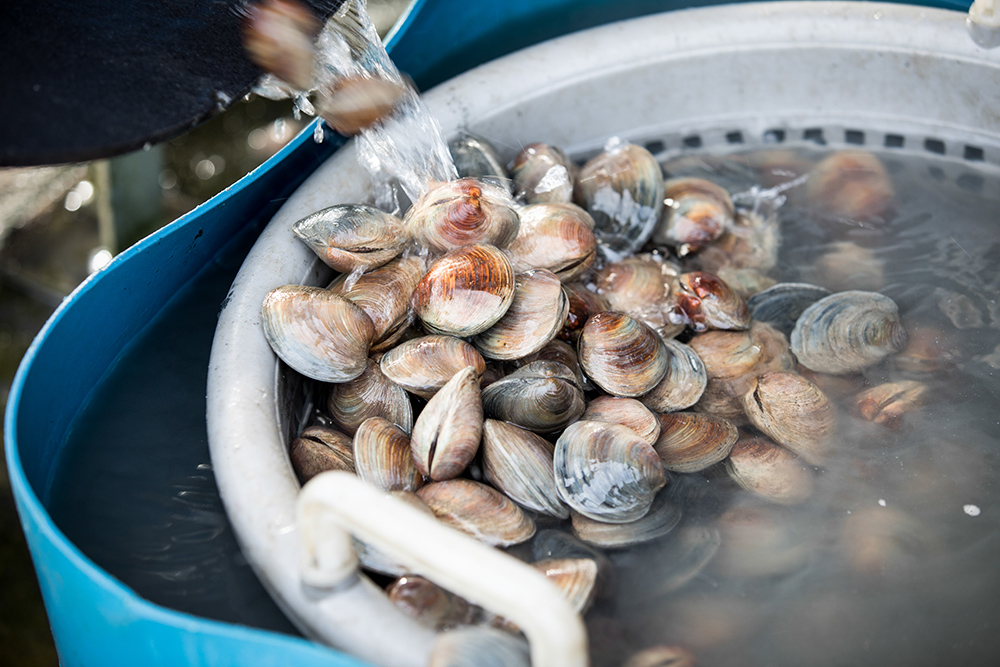With careful planning and plant selection, you can develop a quality landscape that requires little to no water beyond what Mother Nature provides.
Using drought-tolerant ground covers is a great alternative to areas that require routine watering to keep them looking their best. Many are economical and easy to establish. And they provide years of low-maintenance beauty.
For hot, dry, sunny sites, consider one of the horizontal or creeping junipers, such as Blue Rug, Prince of Wales or Blue Pacific. Junipers are tough as nails once they're established. They can survive long periods of limited rainfall.
Other Great Choices
Other great choices for dry, sunny sites include yarrow, hardy ice plant, wintercreeper euonymus, Carolina jessamine, day lily, liriope, mondo grass, sedum, trumpet creeper, creeping raspberry, Virginia creeper and Asiatic jasmine.
For shady, dry sites, consider Japanese pachysandra or creeping lily turf.
When planting ground covers under trees, try not to disturb the tree roots any more than you have to. If grass is growing under the tree, spray it with Roundup. Wait a few hours for it to dry on the foliage. Then dig planting holes carefully through the turf, just large enough to put the plant in place, and add mulch.
If liriope is your plant of choice, bear in mind that there are two types -- clumping and creeping.
|
Before you decide which liriope to use, remember that there are two types, clumping and creeping. |
Just as the name implies, clumping liriope, Liriope muscari, stays somewhat confined to the clump, while the creeping forms, Liriope spicata, spread by underground rhizomes. They may creep several feet from the original planting.
Both are great ground covers, but the creeping form is a little more aggressive than the clumping types.
Proper spacing is important when planting ground covers so the plants don't overgrow their neighbors and become a maintenance problem.
Space most of the ground covers mentioned above at least 18 inches to 2 feet apart in most landscape situations. Many of the creeping junipers will spread 6 feet in all directions. Plant them no closer than 2 feet apart.
Economy With 'Liner Plants'
An economical way to establish ground covers is to buy what are commonly called "liner plants" in the nursery trade. These are small plants grown in cell-packs or 2-inch pots.
|
Creeping junipers can be wonderful for banks and other hard-to-maintain landscape places. |
He may not have them in stock. But he can likely special-order them from his suppliers. Georgia has some of the largest ground-cover nurseries in the nation. Plants are readily available from wholesale growers.
Although ground covers help reduce water use in the long run, they will need to be watered regularly, just like other plants, during establishment.
About six weeks after planting, give a tug on a few of the plants to see if they feel well rooted. If so, you can begin to gradually wean them off water and let Mother Nature take control of the irrigation.








